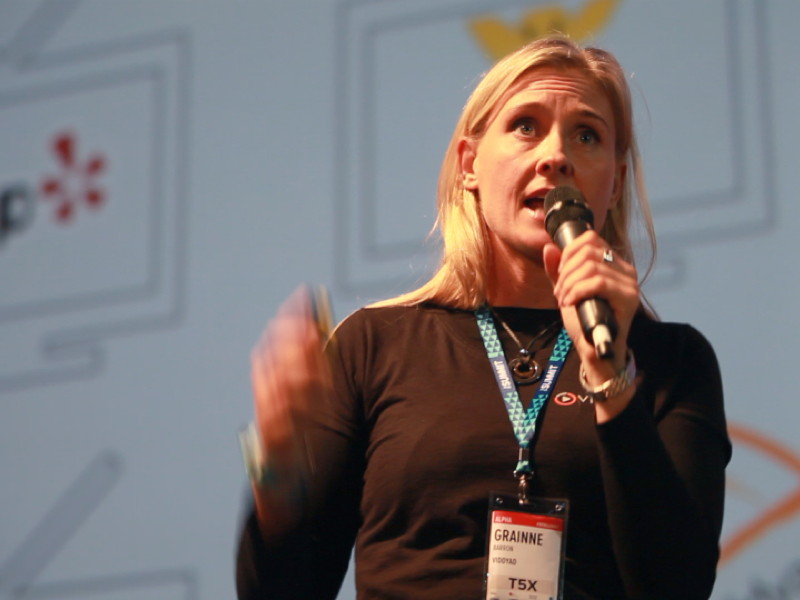A little more than a week ago, YouTube suffered a 10-minute outage. For a site that sees about 1bn unique visitors per month and about 100 hours of video uploaded every minute, 10 minutes of downtime affects a lot of users, not to mention the myriad of websites embedding its videos to support their own content.
Canada-based networking company Sandvine’s latest Global Internet Phenomena report – a half-yearly analysis of global internet traffic – tells us that YouTube accounts for 18.6pc of downstream traffic during peak periods in North America and, coupled with streaming service Netflix, accounts for more than half of the overall downstream traffic on fixed networks in this region.
This is not just a North American phenomenon. In the Asia-Pacific region, video accounts for 50pc of peak downstream traffic, and, in the UK and Ireland, Netflix already accounts for one-fifth of traffic on certain fixed networks in less than half the time it took to reach this milestone in the US.
Where there’s online traffic, there’s money to be made, and two Irish start-ups are poised to capitalise on the growing need to supply online video content for this voracious audience.
The video internet
“We’re predicting a rise of the ‘video internet’,” said Emily Duffy, marketing executive at VideoElephant. “The same way photos became mandatory on the internet, video is now becoming the new staple of online publishing.”
The analysts agree. Citrix ByteMobile forecasts that video will account for 55pc of all consumer internet traffic by 2016, while Cisco puts the figure at 69pc by 2017.
Dublin-based VideoElephant is prepared to fill any gaps in the video-led internet by aggregating content from top producers like AFP, Newsy, and Press Association, and licensing it to publishers who can then make money through pre-roll video advertising around this content.
These aren’t the embedded user-generated videos populating the internet through YouTube, they’re professionally produced videos to meet the standards of web publishers and news organisations finding it difficult to produce content of their own.

The VideoElephant website
Fast, flexible communication
Gráinne Barron, CEO and founder of ViddyAd, the ESB Spark of Genius Award-winning start-up that helps businesses create online video advertising in double-quick time, notes the reasons behind this shift from user-generated video to more polished content.
Firstly, it’s easier for companies to monetise videos they own. Secondly, it offers brands a captivating platform to compete for users’ attention. “There’s so much information coming at people, they don’t have time to read as much any more,” said Barron. “[Video] increases comprehension, and you can communicate a lot more, a lot faster, so it’s a no-brainer.”
Barron sees a natural evolution from text-based content, to an image-focused medium and, now, a video-led internet. What’s more, video advertising offers faster turnarounds and more flexibility than one might initially think.
In the past week, some schoolchildren in Florida made a video about the Typhoon Haiyan disaster in the Philippines. It was quickly produced using the ViddyAd platform and shared across the internet along with the company’s watermark, resulting in a surge in uptake of the service. This is just one small example of the power of viral content, even if your means of production are limited.
Barron also highlights the fact that video can be published, reworked and republished “in a matter of seconds”, meaning content managers can react to what’s topical and target markets more effectively.
Looking to the future, she envisages that video’s use will stretch far beyond even the confines of the internet. Instead of gluing posters to outdoor hoardings, advertisers will deliver video ads to connected video screens around the world. This movement is already showing promise in Asia, and Taiwan-based Digitimes Research estimates the global digital signage will be worth about US$25.4bn this year.

Gráinne Barron, CEO and founder of ViddyAd, making a pitch at the Dublin Web Summit 2013, where Viddyad won the Spark of Genius Award 2013. Photo by Daryl Fitzsimons
Lagging behind
The benefits of adding video to a website have been well monitored. Research reports cite, at varying degrees, increases in time spent on the website and purchase intent when video content is included. What’s more, video content improves search rankings as the top search engines now index video and push these results to the front page.
It’s not just online publishers that need to start thinking about video; it’s any business trying to promote itself in the online space.
“It’s essential,” said Duffy. “There’s no excuse almost, at this stage; if you don’t have a product video on your website, you’re lagging behind.”
The key to online video content is to tell a story that drives engagement. Brands getting this right are Red Bull, Puma, Tipp-Ex and the Dollar Shave Club, though not every business can afford to make viral videos to match these brands, and that’s where third-party services and content come in handy.
According to both Duffy and Barron, people are now expecting video to appear in online content, and businesses need to recognise that to keep up.
A version of this article appeared in The Sunday Times on 24 November
Videographer image via Shutterstock